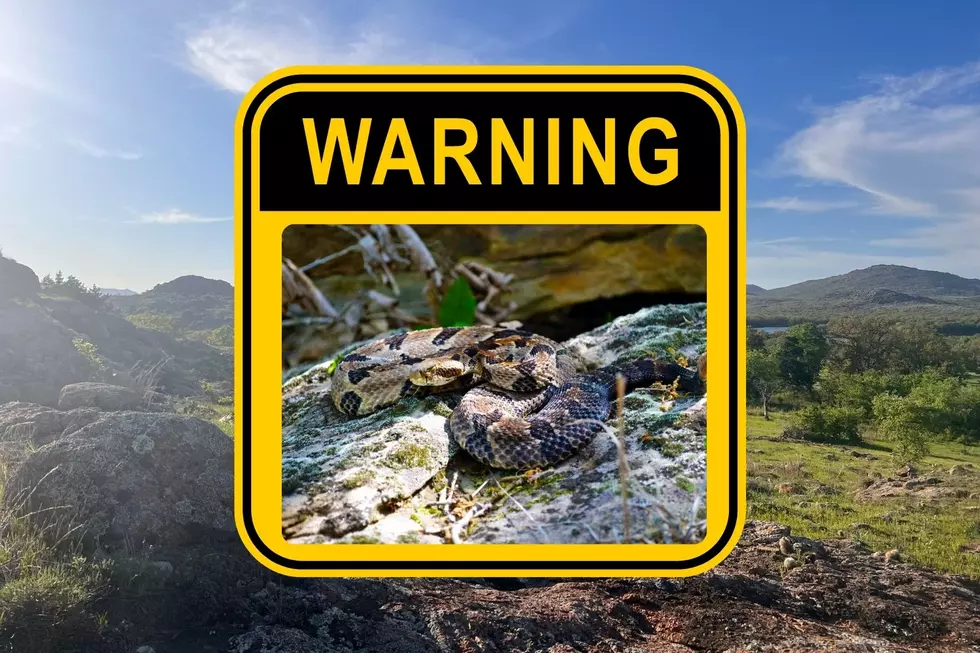Where Have Oklahoma’s Horny Toads Gone?
Growing up spending summers in Southwest Oklahoma, finding and catching horny toads wasn't a hard thing to do. The often arid climate and sandy soils between Hollis and Gould were once the prime habitat for these creatures, but as the years have gone on, the odds of finding one of these horned lizards has become increasingly rare. It's a beloved species that is slowly and quietly becoming extinct, and nobody is exactly sure why.
Scientists have studied the disappearance of the Regal Horned Lizard for years now, but while the theories as to why these critters are dwindling remain just theories, they can't seem to find a solution.
So where did they go? The story goes two ways, and neither paints a pretty picture.
Theory 1: Some researchers believe the Regal Horned Lizard's downfall is largely due to the shipping industry import/export business along the Gulf Coast. Allow me to elaborate.
The horned lizards' natural diet is made up mostly of ants. They literally wake up, sun for a while to warm the body, then when they have the energy they need to hunt, they'll seek out an ant hill and gorge themselves on the insects.
"That's interesting, but how does shipping come into play?"
Back again in the 1930s, Amazonian fire ants were accidentally introduced to the US through Mobile, Alabama. Dirt was used to ballast ships, so when they made port, they'd dump the dirt and head back out. As time goes on, the invading fire ants have thrived in North America, spreading throughout the country. While horny toads' primary food is ants, they don't eat the fire ant invaders... and in a 1-2 punch, fire ants eat the native ants our beloved horned lizards forage for day in and day out.
It's a weirdly cyclical theory that has scientific merit, but there is another theory.
Theory 2: Humans typically reign dominion over the lands we populate. Cities spring up and sprawl out. In an effort to keep bugs at bay around our homes, pesticides are used to indiscriminately stamp out the annoying insects.
As ants are both annoyances we kill in our yards and the horned lizards primary food source, we've effectively killed off their food supply. While we consider the horny toad a rarity these days, it could be that these horned predators have just followed the hoards of ants back into the wilds of unoccupied land where they're safe from mankind.
After all, as rare as they've become, I've seen plenty of them in the places like Palo Duro Canyon and the Wichita Mountains. Really in the types of places where you would never be able to spray pesticides.
It's important to know that if you do run across a horny toad in the wild, it's totally OK to admire them up close. They're really pretty docile creatures, especially in the mornings, so if you want to pick on up and let the kids feel the spikes, feel free. That being said, put it back. You can't keep one alive as a pet due to their incredibly specific needs, so there's really no use trying no matter how much the kids beg. It's like finding a baby deer... Removing it from nature does far more harm than good.
The Wonders of Palo Duro Canyon in the Texas Panhandle
Top Mispronounced Towns That Show You're Not From Oklahoma
Oklahoma's Most Legendary Food Challenges
More From 1073 Popcrush








